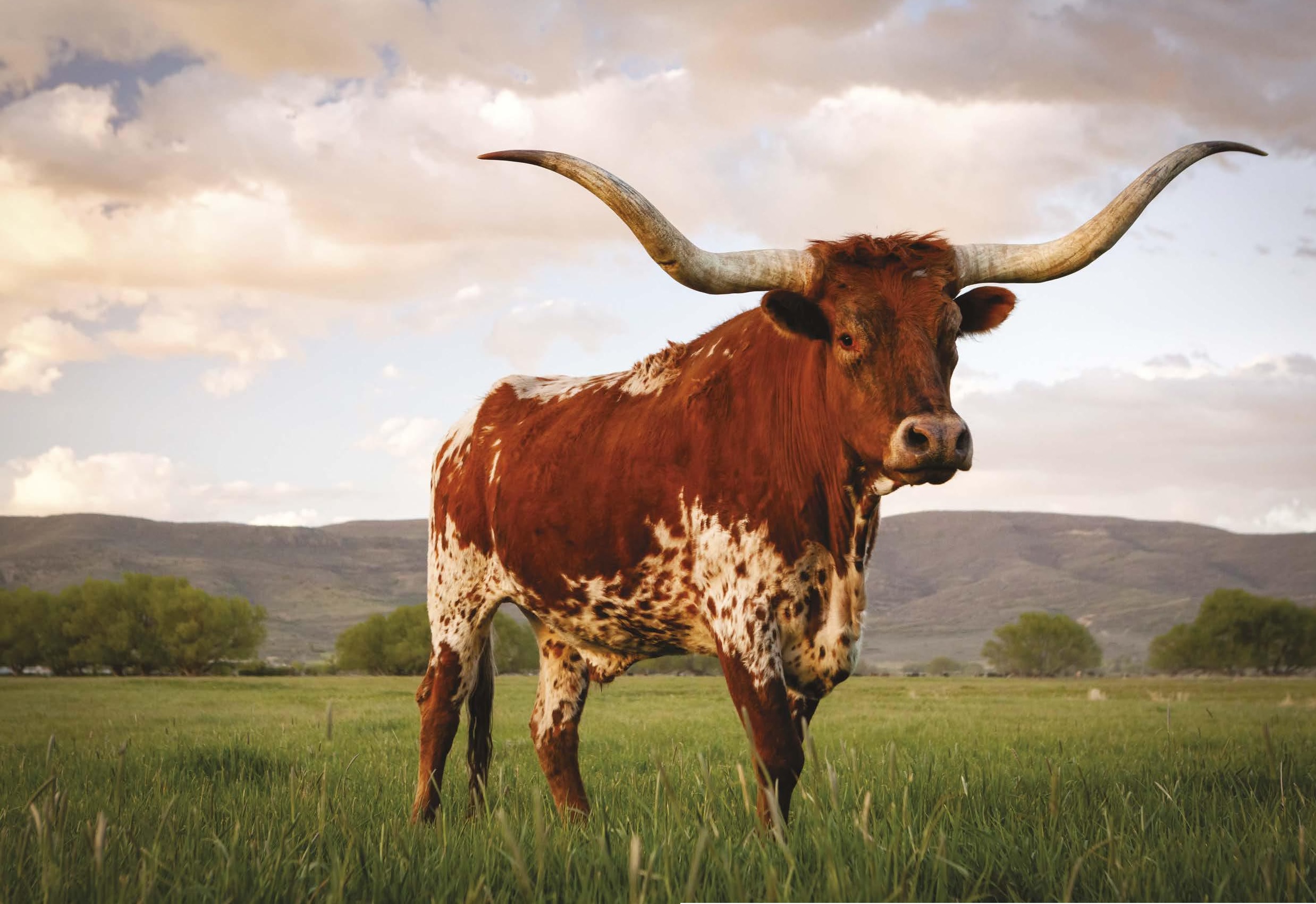
Very popular with homesteaders, JERSEY COWS account for about 7% of all cows in the United States. This is a smaller-sized dairy breed; most mature cows weigh about 900 pounds and stand around 4 feet tall at the withers. However, it's respected for producing a high quantity of milk relative to their size (about 16,000 pounds per year) that is particularly rich in butterfat (4.9%) and protein.
Though their total production is lower than that of Holsteins, their net return (or dollars of profit per cow per year) is higher thanks to their lower feed requirements and ability to stay productive for many years. According to the American Jersey Cattle Association, Jerseys naturally produce the highest quality milk for human consumption. "Compared to average milk, a glass of Jersey milk has greater nutritional value: 15% to 20% more protein, 15% to 18% more calcium, and 10% to 12% more phosphorous, and also considerably higher levels of an essential vitamin, B12." Jersey milk has more protein, calcium and other nonfat solids compared to other breeds.
Like the Guernseys, Jerseys come from an island, the Isle of Jersey, located in the English Channel between England and France. They were imported to the U.S. in the early 19th century.
Modern Jerseys may be of a wide range in color. "There is little preference today between the solid and broken colors although most breeders slightly prefer the cattle with an unbroken color pattern," according to the Oklahoma State University Department of Animal Science. "Most prefer the dark tongue and switch, but this is more a matter of an identification point than a point of discrimination." The color may vary from a light gray or mouse color to a very dark fawn or a shade that is almost black.
Esta historia es de la edición Best of Hobby Farms 2023 de Hobby Farms.
Comience su prueba gratuita de Magzter GOLD de 7 días para acceder a miles de historias premium seleccionadas y a más de 9,000 revistas y periódicos.
Ya eres suscriptor ? Conectar
Esta historia es de la edición Best of Hobby Farms 2023 de Hobby Farms.
Comience su prueba gratuita de Magzter GOLD de 7 días para acceder a miles de historias premium seleccionadas y a más de 9,000 revistas y periódicos.
Ya eres suscriptor? Conectar

The RISE of Opportunist WEEDS
Be prepared to see increasing changes in weeds we fight, such as poison hemlock and poison ivy, and in the crops we grow.

LIVESTOCK Health
Prepare yourself for how to spot symptoms of illness in your farm animals so that you can get them help before it's too late.

CUT FLOWER Farming
If you're considering growing flowers for sale, brush up on these five key things to know before diving in.

WINTER Survival
Keep your land, animals and yourself in good shape this winter with this helpful advice.

COVERAGE CONCERNS
Avoid common insurance mistakes for rural and hobby farm businesses.

FARMER'S GUIDE Berries
Set the stage for tasty strawberries, blueberries and brambles with these soil-boosting garden tips.

Preconditioning CALVES
Follow our step-by-step guide to get more money for your calves.

Soil Conservation
Often, outside of having a specific problem that needs to be addressed, soil conservation isn't something every farmer readily thinks about. Yet conserving the soil should be at or near the top of every farmer owner or manager's list of concerns because absent the prevention of soil erosion, we have the opportunity for another dust bowl.

Year-Round Lettuce & Salad Mixes
It's easy to think of salad greens as just a spring- or fall-garden crop, but it's possible to enjoy freshly harvested lettuces, mustards and more from your own garden year-round.

Barn Improvements
Days are never long enough for a farmer. From dawn to well into the night, tasks arise that often require immediate action. Having to search for tools or equipment is an enormous time waster and incredibly frustrating when you can't find what you need, especially when you know you have it.